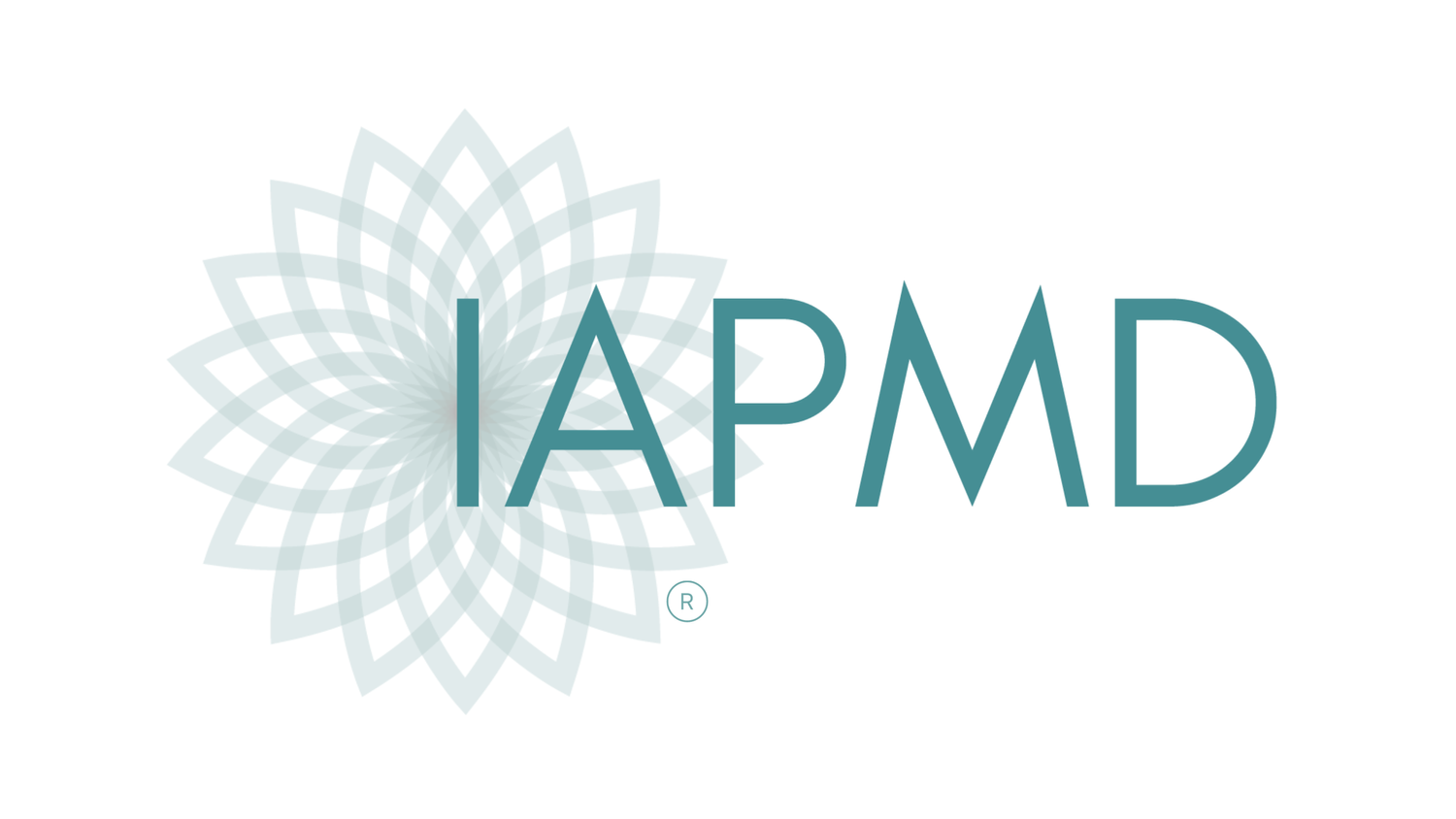Iconic Buildings and Landmarks Worldwide Ignite in Teal to Bring Awareness to Life-Threatening Women’s Health Condition, Premenstrual Dysphoric Disorder
More than 30 iconic buildings and landmarks around the world will light up teal throughout April to IGNITE the fight against Premenstrual Dysphoric Disorder (PMDD), a debilitating, yet little-known chronic female health condition, to celebrate the 6th Annual PMDD Awareness Month.
“This year, we are bringing PMDD into the light,” says Sandi MacDonald, Executive Director of the International Association for Premenstrual Disorders (IAPMD), the global leader of PMDD support and education. “These light-ups are a powerful symbol of hope and community, as PMDD awareness grows one teal light at a time. They’re a promise that we will no longer suffer alone in the darkness.”
Among the structures igniting teal are Niagara Falls; CN Tower, Toronto; SkyPoint, Gold Coast, AU; BC Place, Vancouver; Sunshine Skyway Bridge, Florida; Spinnaker Tower, Portsmouth, UK; Perth Bell Tower, Australia; Aloha Tower, Hawaii; Cira Centre, FMC Tower, and Cira Garage, Philadelphia; Reconciliation Bridge, Calgary; and more. Teal is the official color of PMDD, symbolizing emotional balance and stability.
A full schedule of lightings and awareness resources are available on pmddawarenessmonth.org. PMDD Awareness Month is co-hosted by the International Association for Premenstrual Disorders, Me v PMDD and Vicious Cycle: Making PMDD Visible.
PMDD is a cyclical, hormone-based mood disorder with symptoms of severe depression, mood swings, irritability, anxiety, and more, arising in the two weeks before menstruation. Though PMDD affects 1 in 20 women of reproductive age, it takes an average of 12 years to be correctly diagnosed due to stigma and limited awareness. The debilitating condition takes a toll on sufferers’ ability to work and maintain relationships with partners and family and drastically increases the risk of suicidal behaviors. Preliminary findings from the 2018 Global Survey of Premenstrual Disorders* indicate that 30% of patients with PMDD have attempted suicide. PMDD is a suspected hormone sensitivity disorder in the brain, and research is still ongoing to pinpoint the exact cause of symptoms. The WHO recognizes PMDD in the ICD-11 as both a gynecological condition and within a subgrouping of depressive disorders which mirrors the DSM-5 classification of PMDD as a mood disorder.
*Note that the findings of the 2018 Global Survey of Premenstrual Disorders are still pending scientific peer review and publication by our Clinical Advisory Board. These numbers reflect our organization’s internal analyses aimed at understanding the scope of the problem of premenstrual disorders.
# # #
Organizational Contacts:
Sandi MacDonald, Co-Founder & Executive Director, IAPMD
sandi@iapmd.org
1-800-609-PMDD (7633)
Lynda Pickett, Vicious Cycle
lyndasviciouscycle@gmail.com
Brett Buchert, Co-Founder & CEO, Me v PMDD, Inc.
brett.mevpmdd@gmail.com
727-902-8398
